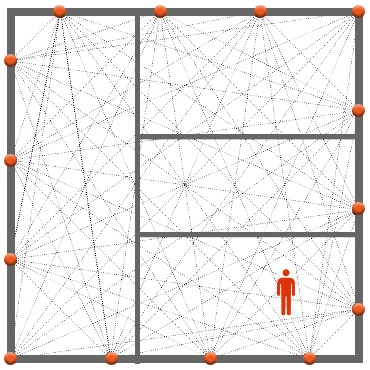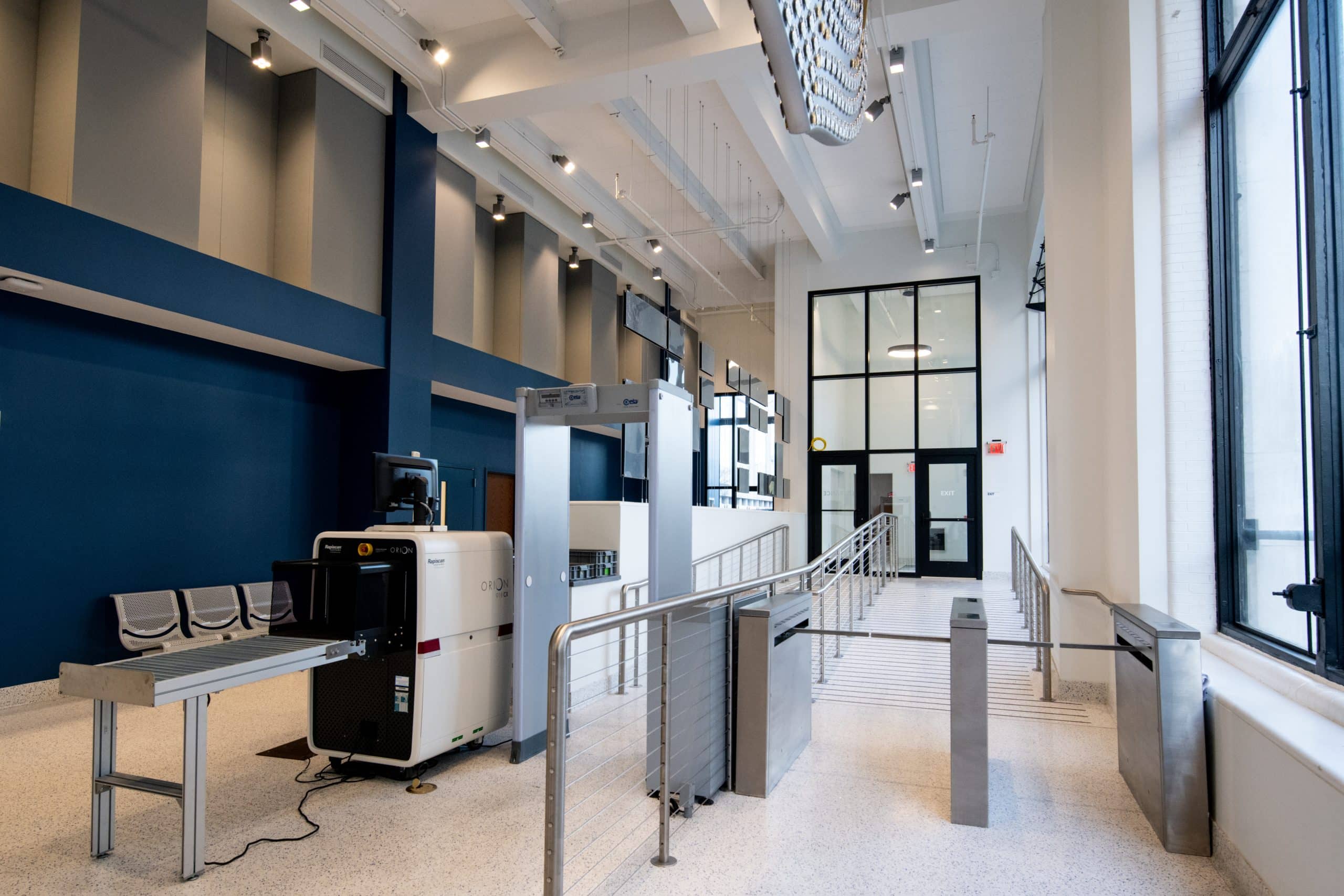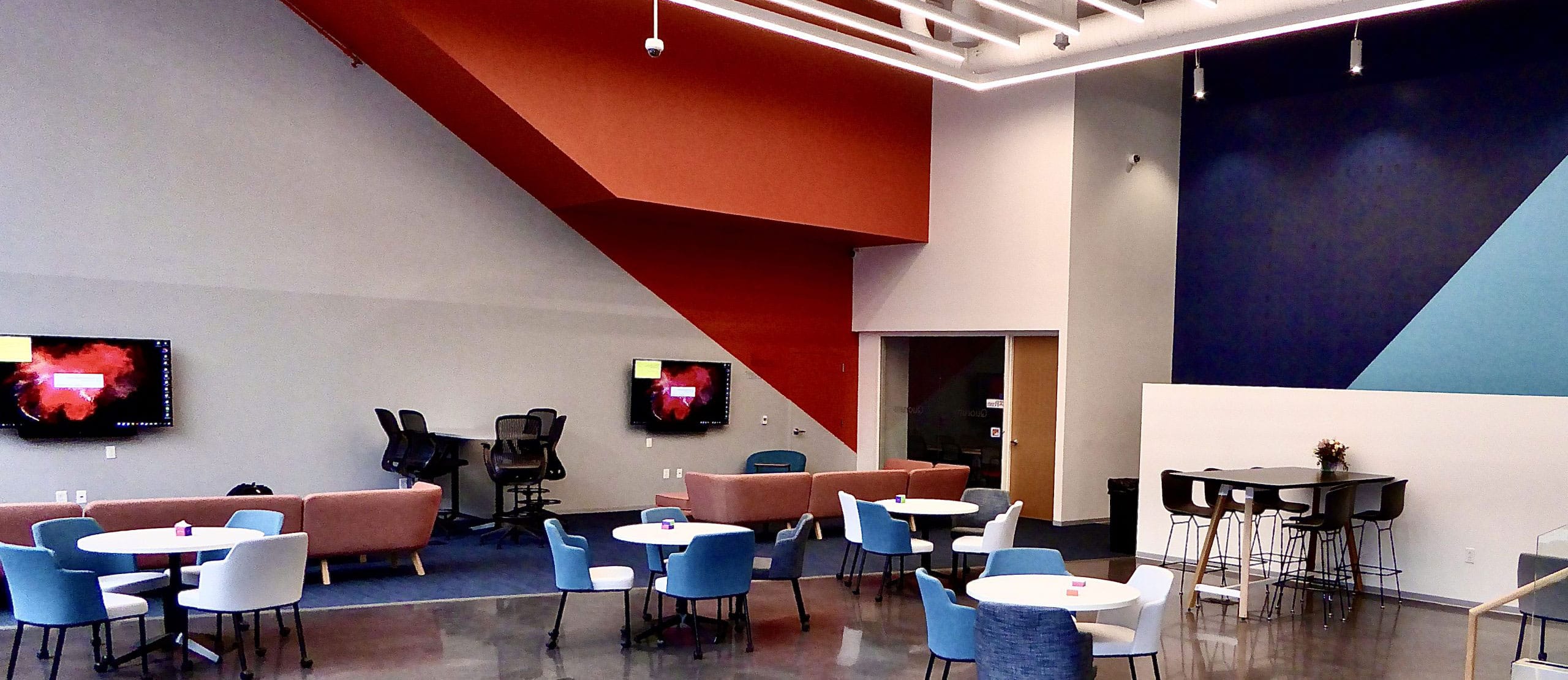What exactly is tomographic detection? Tomography is actually a solution to the problem of super imposition of structures when taking slices in x-ray, radio frequency, or in our discussion, using Wi-Fi in the gigahertz range. Super imposition is when you get layer upon layer of things you really don’t want to see.

For instance, when taking a picture of a faraway object using a telephoto lens, we may not only pick up the individual you’re trying to track but also the trees, branches, leaves, fog, and blowing dirt. Tomography is the ability to get beyond those and filter out by focusing in on the object in the distance.
Think of it this way. The solution to simple super imposition with the problem of x-rays, i.e., seeing all layers of the body bunched together, was to invent the CT scan commonly known as the “CAT Scan.”
When we add the problem of trying to see soft tissue, discrimination of more than just broken bones – penetrating the body to get the details of other aspects – we solve this by using radio frequency waves in a Magnetic Resonance Imaging device, or MRI.
In security, Wi-Fi has been a tempting source of analysis for use in volumetric detection. The use of Wi-Fi in a tomographic sense, i.e., to cut away all the stationery objects and to focus on the organic materials that enter the space, is a solution set worth investing for security applications.
One company that has become highly regarded, and having been provided grants through funding by the National Science Foundation, produces devices which provide coverage for volumetric detection of movement using stationery Wi-Fi transmitters in a mesh – communicating to one another and discriminating changes within the interior.
These devices can remain totally hidden, even inside walls or covertly inside furniture.
It can cover entire areas with a detection height exceeding 10 feet. It penetrates all interior spaces, so it’s not line-of-sight like a passive infrared detector. It even penetrates without using ultra high frequency waves like in microwave detectors.
It’s immune to dirt, clutter, changes in the environment, temperature, humidity, sunlight, ventilation issues, or darkness. Unlike walking slowly within an ultrasonic detected space, using like temperature masking for passive infrared detectors, or painting over other detection systems, there is little in the way of spoofing or masking a biological, organic-based species from being detected in Wi-Fi space.
The devices are half the size of a pack of gum, have a minimum amount of setup requirements, and a large versatility of applications.
Of course, the first application might be for residential or business where there are no pets and everything is stable during a protected period. But other applications, including SWAT teams placing devices with portable electronics in battery-powered plastic cases around the outside of a hostage situation, or perhaps a school where the first responders can track individuals inside. The importance of this use would become significant when the detailing of a weapon within a school can be discriminated against those of perhaps a hundred other individuals in the same area. However, in a simple hostage situation where there are two people or relatively few, the ability to tomographically witness through special computer processing the location of individuals renders SWAT teams more efficient and threats less of a guessing game upon quick entry.
Use of such electronics may be futuristic, but think again how such simple sensors can automate your life without the robot. It can automatically turn on lights from sensing your motion within your home and turn off your lights when you leave the second floor, auto arm your apartment upon leaving, or turn on video coverage after you leave.
In our own application of this system, it may be just one more tool in our toolkit to apply a well-conceived layering of security for potential applications.
Contact Jerry Forstater, at 800-839-5060 x107.






